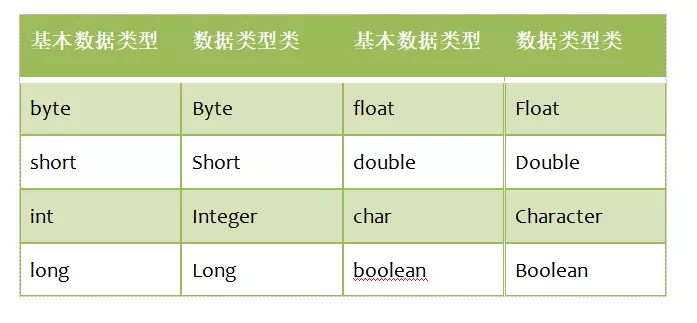大家好,我是Java进阶者。
一、使用Hashtable来检验随机数的随机性
1.首先是创建Hashtable,使用for循环和定义一个产生随机数的r,key值对应随机数的value值。
- import java.util.*;
- class Counter{
- int i =1;
- public String toString(){
- return Integer.toString(i);
- }
- }
- public class T12 {
- public static void main(String[] args) {
- Hashtable ht = new Hashtable();
- for (int i =0;i < 500; i++){
- Integer r = new Integer((int)(Math.random()*10));
- if(ht.containsKey(r)){
- ((Counter)ht.get(r)).i++;
- }
- else{
- ht.put(r, new Counter());
- }
- }
- System.out.println(ht);
- }
- }
运行的结果如下所示:
二、 设计一个模拟银行账户功能的类Account
1.要求如下所示:
(a)属性:账号(card,字符串类型)、储户姓名(name,字符串类型)、地址(address,字符串类型)、存款余额(balance,浮点型)、最低余额(minBalance,浮点型)
(b)方法:初始化所有属性的构造方法、存款(deposit方法)、取款(draw方法)、查询(query方法)
要求:存款操作需显示储户原有余额、将要存款数额及最终存款余额;取款时,若最后余额小于最小余额,拒绝取款并显示"取款失败,至少保留余额XXX";查询操作能显示储户账号、姓名、地址、存款余额及最低余额。
2.例子的实现:
- public class Account {
- String card;//账号
- String name;//姓名
- String address;//地址
- double balance;//存款余额
- static double minBalance;//最低余额
- Account(String card,String name,String address,double balance){
- this.card=card;
- this.name=name;
- this.address=address;
- this.balance=balance;
- Account.minBalance=5.0;
- }
- //存款方法
- public void deposit(double m){
- System.out.println("您账户余额:"+balance);
- System.out.println("存款数额 :"+m);
- balance+=m;
- System.out.println("最终存款余额:"+balance);
- }
- //取款(draw方法)
- public void draw(double m){
- double temp=balance-m;
- if(temp<minBalance){
- System.out.println("取款失败,至少保留余额为"+minBalance);
- }else{
- balance=temp;
- }
- }
- //查询方法
- public void query(){
- System.out.println("您的账号:"+card+"\n姓名:"+name+"\n地址:"+address+"\n存款余额:"+balance+"\n最低余额:"+minBalance);
- }
- public static void main(String[] args) {
- // TODO Auto-generated method stub
- Account a=new Account("123456", "张三", "广东省xx", 200.00);
- a.deposit(300.0);
- a.draw(200);
- a.query();
- }
- }
运行的结果如下所示:

三、设计一个描述二维平面上点的类Point
1.要求如下所示:
(a)该类需要描述点的浮点型的横坐标x和纵坐标y。
(b)提供能够初始化横纵坐标的有参构造方法,要求参数名称与属性同名。
(c)计算两点间距离的方法distance。
提示:两点之间距离等于两点横纵坐标之差的平方和再开方Math类中求平方根的方法:static double sqrt(double a)
2.例子的实现:
- public class Point {
- double x,y;//横坐标x和纵坐标y
- //有参数构造方法
- Point(double x,double y){
- this.x=x;
- this.y=y;
- }
- //计算两点间距离的方法distance
- double distance(Point a){
- double i=Math.pow((a.x-this.x), 2);
- double j=Math.pow((a.y-this.y), 2);
- double c=Math.sqrt(i+j);
- return c;
- }
- public static void main(String[] args) {
- Point p1=new Point(2,1);
- Point p2=new Point(1,1);
- double d=p1.distance(p2);
- System.out.print("两点之间的距离为:"+d);
- }
- }
运行的结果如下所示:
四、 数据类型类
1.数据类型类:数据类型类也称为包装类,它是封装了基本的数据类型。
如下图所示:
2.数据类型类的常用方法
(a)对象名.intValue()是获取对象的基本数据类型例如int,float,char等。
(b)对象名.toString()是把基本数据类型转换成字符串。
(c)类名.valueOf(String str)是把str转换成对应的数据类型对象。
五、总结
设计一个模拟银行账户功能的类Account根据它的要求实现它的功能,掌握类和对象编程。设计一个描述二维平面上点的类Point根据要求实现功能,掌握构造方法的使用。数据类型类也称为包装类,它是封装了基本的数据类型。































